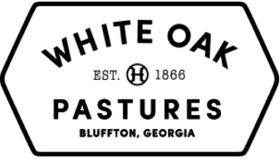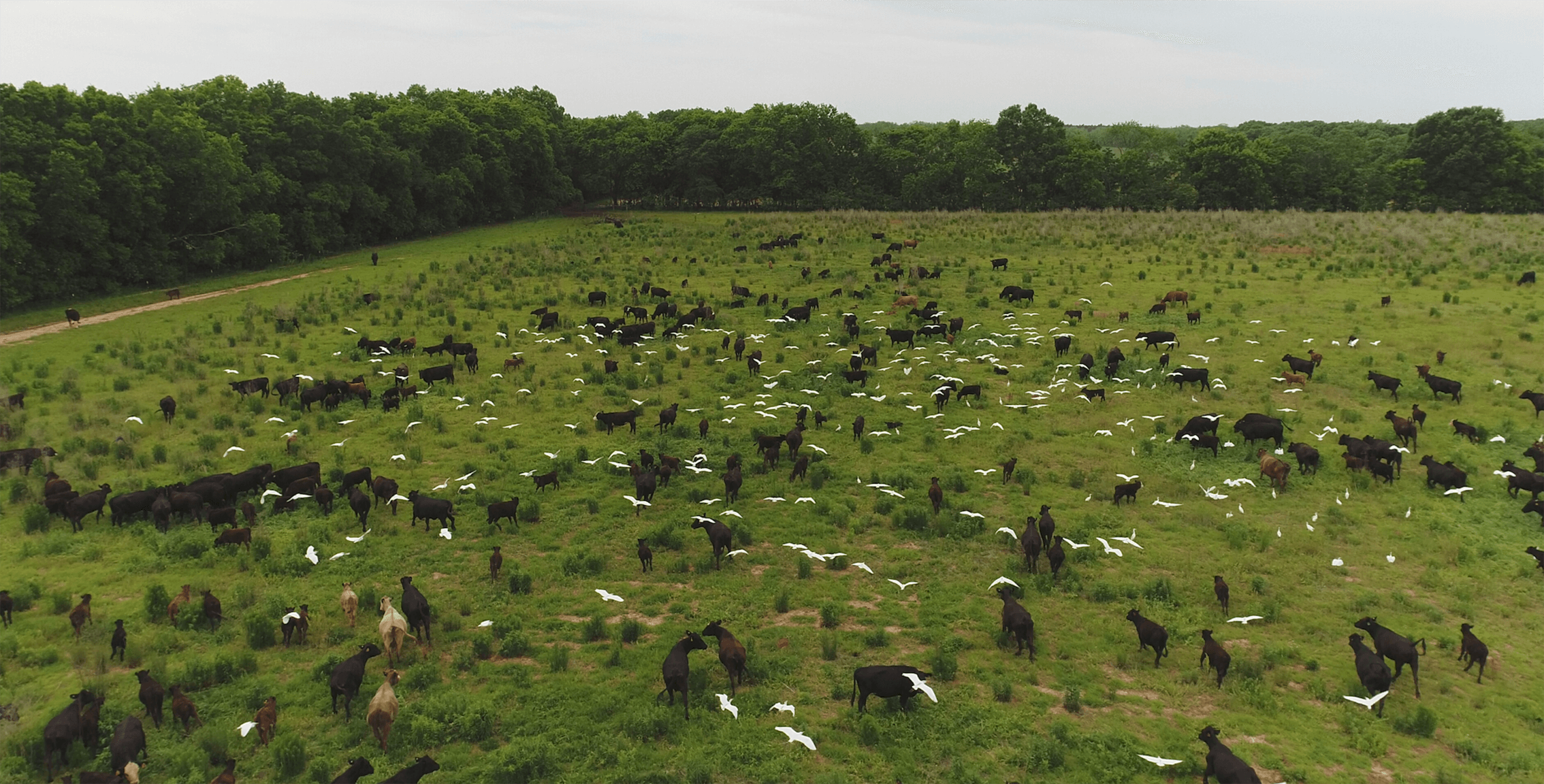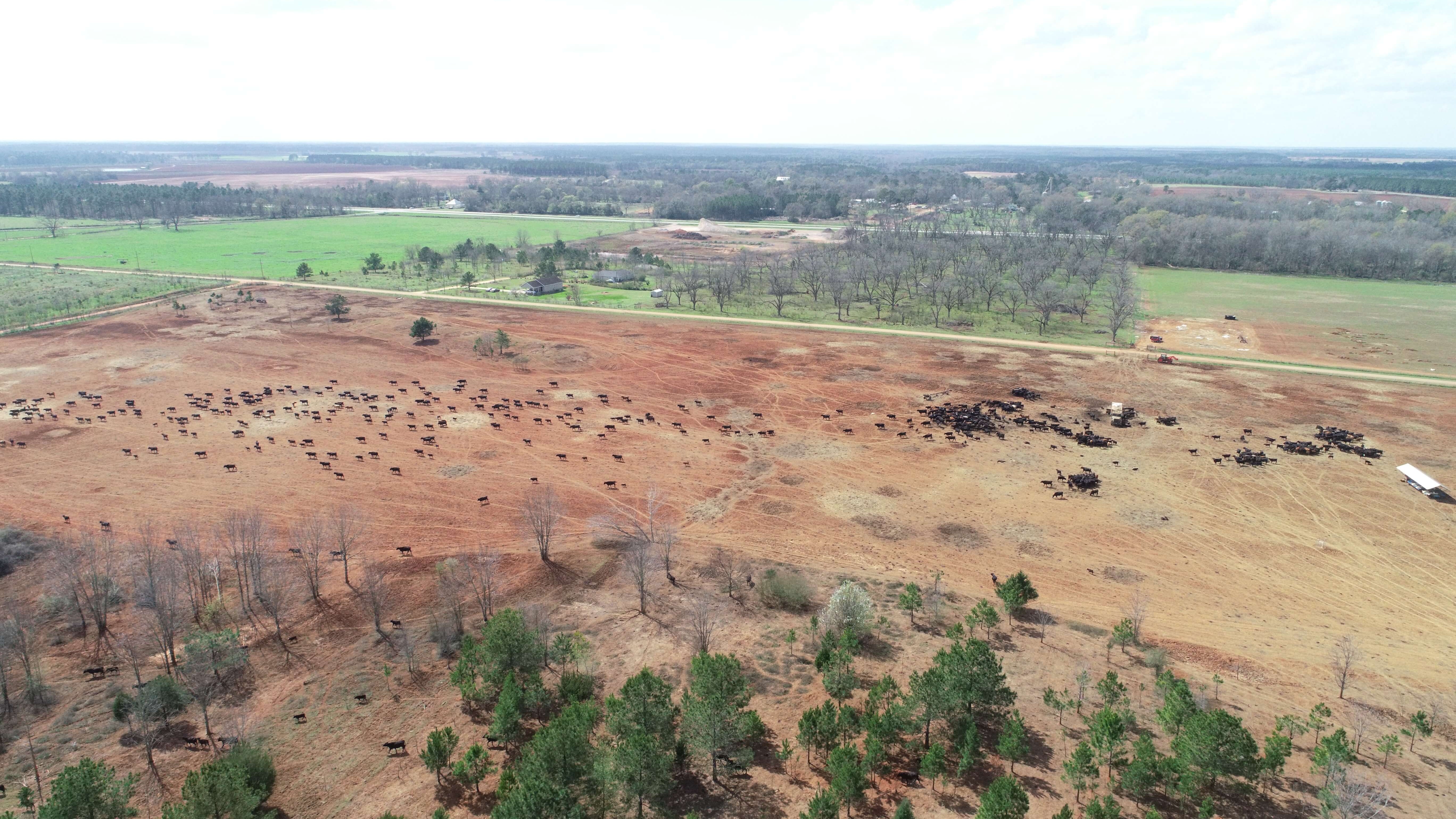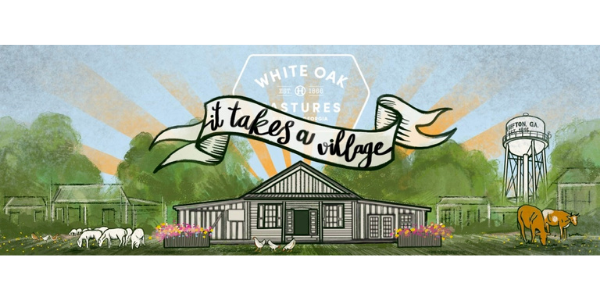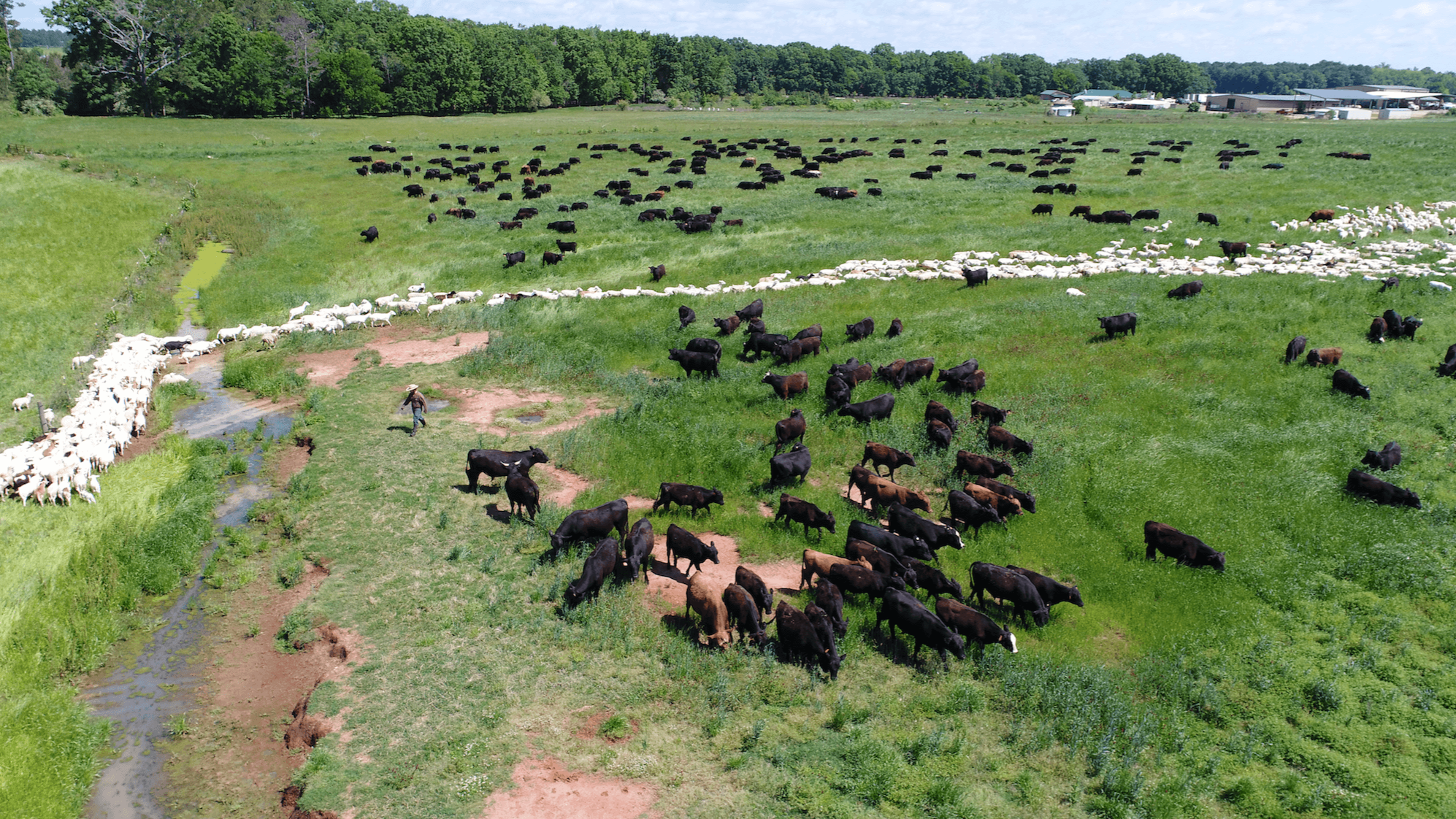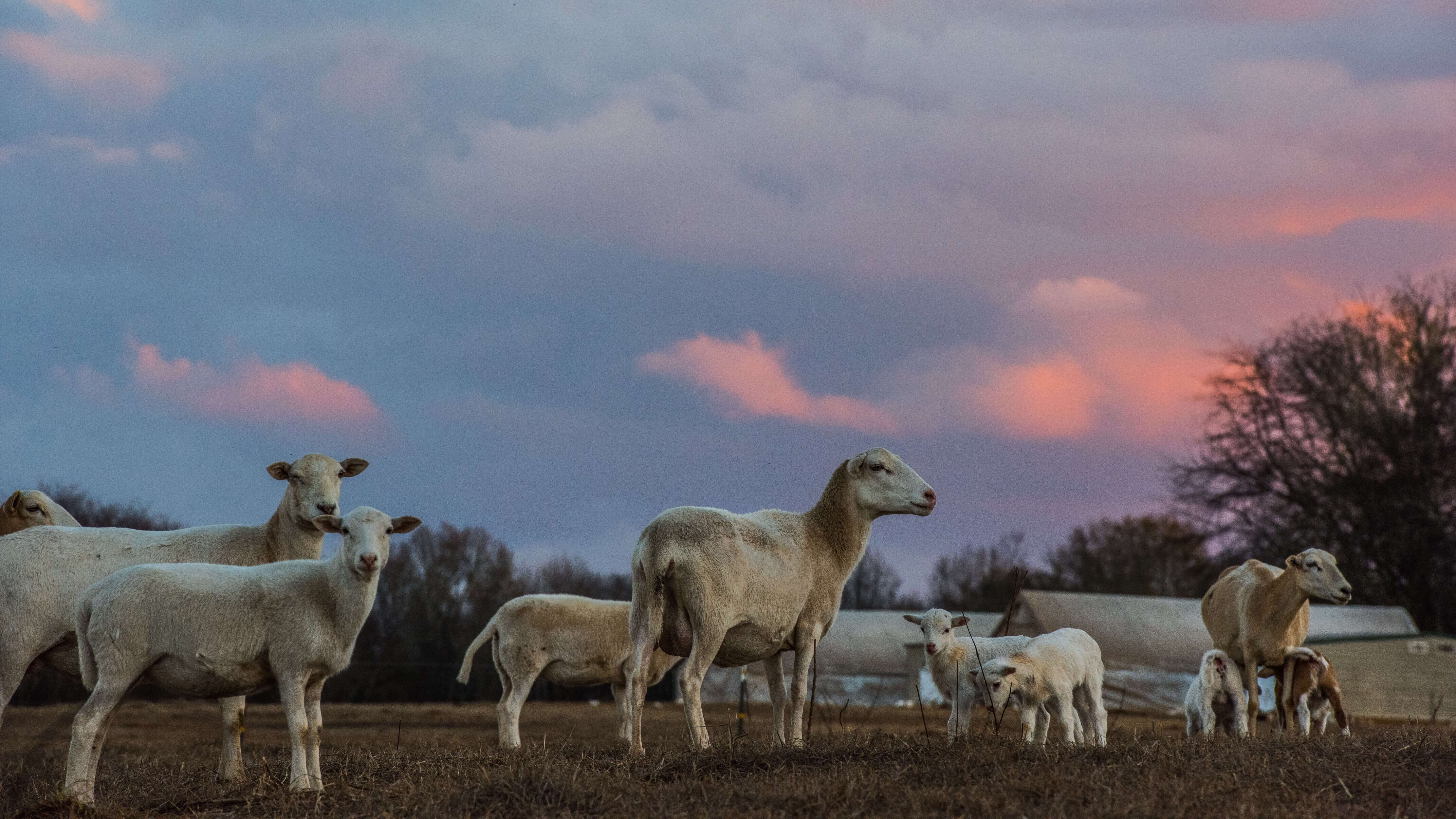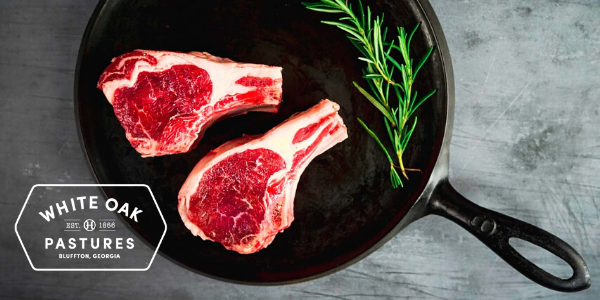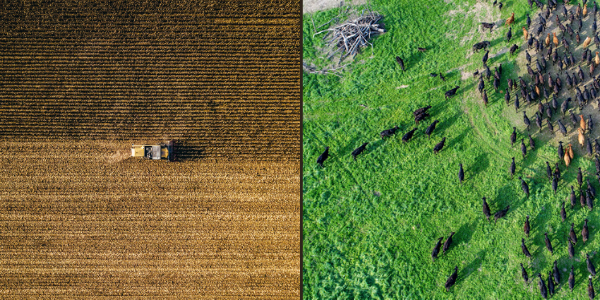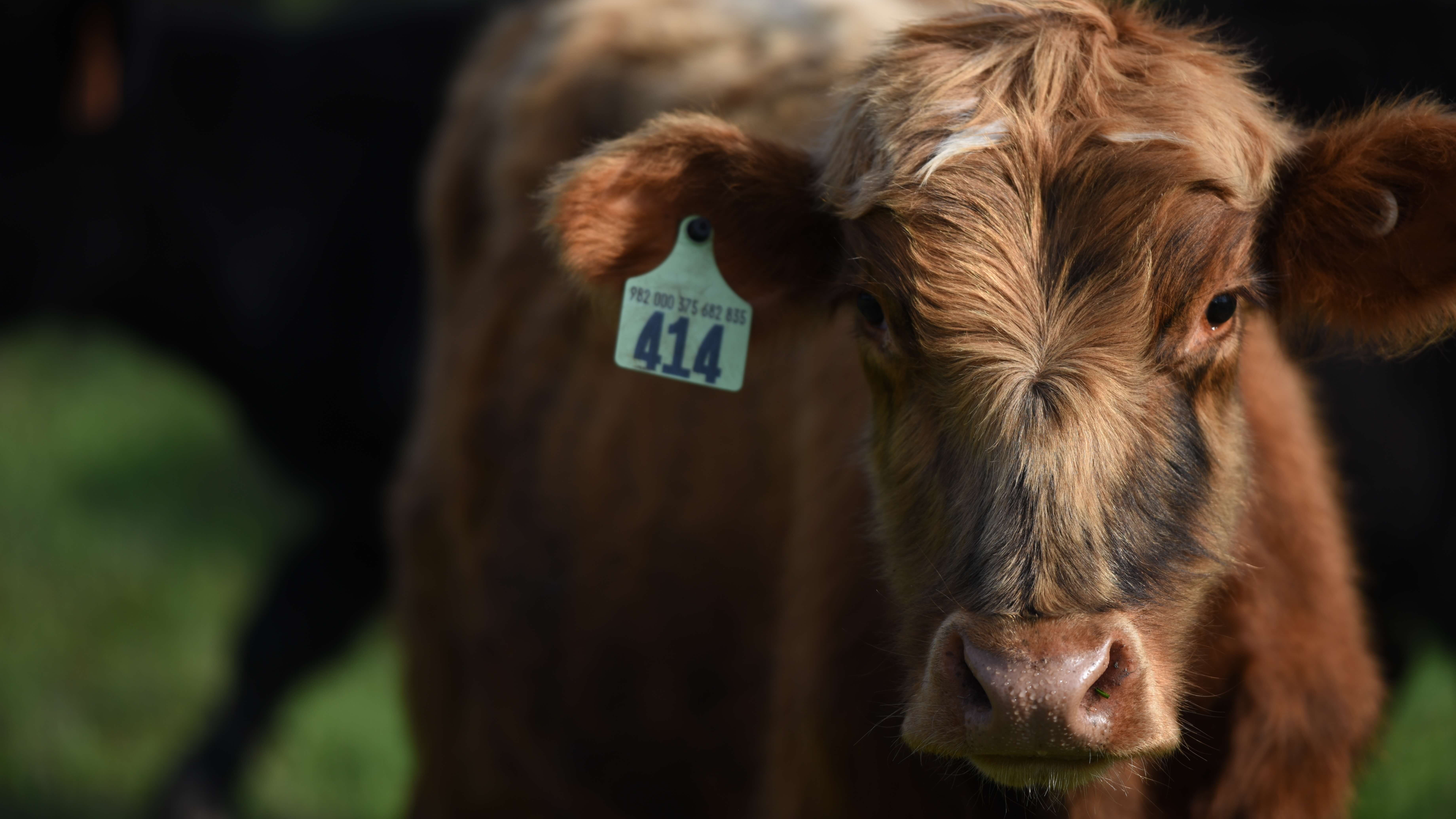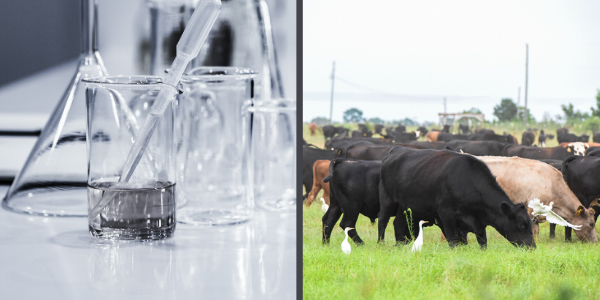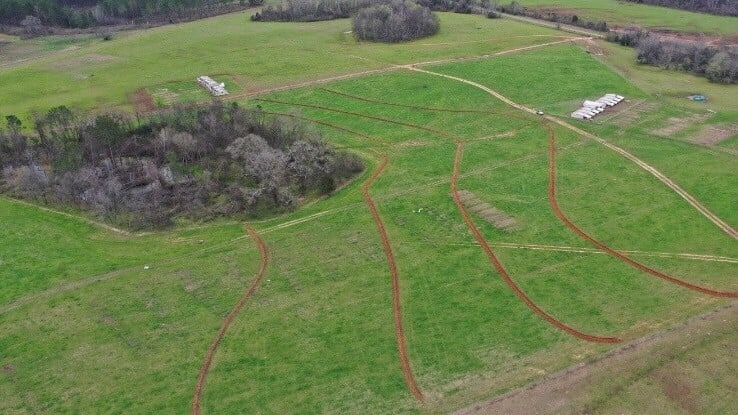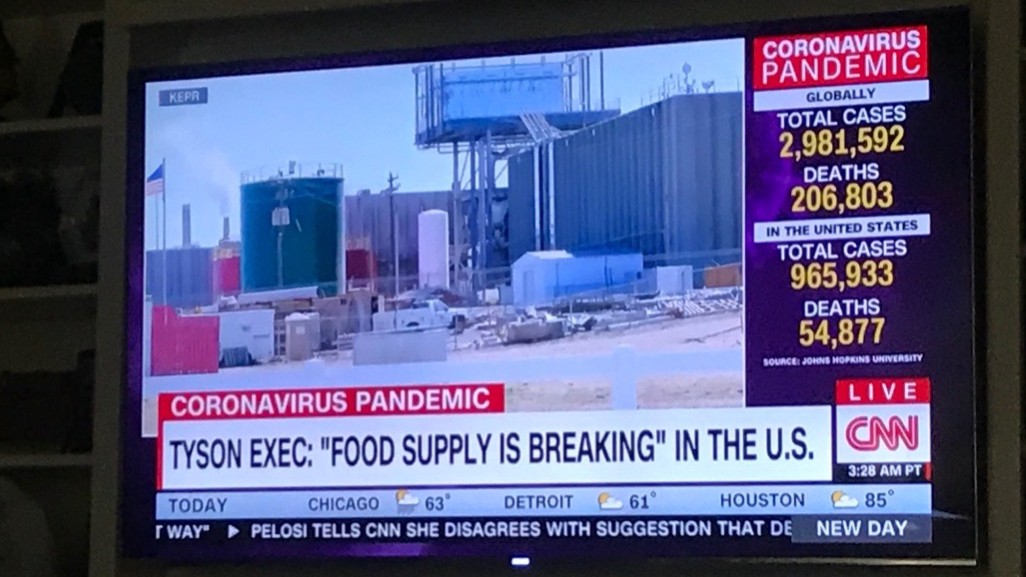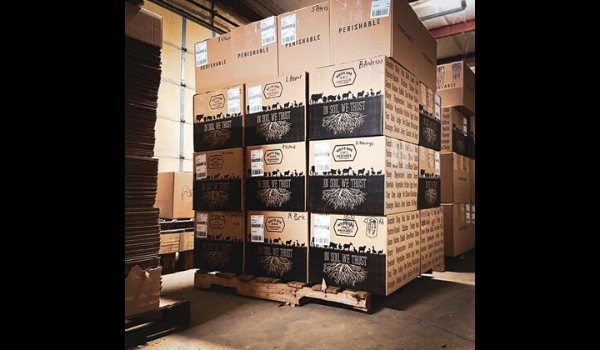Grassfed beef is everywhere, from the grocery store to the restaurant menu. But what does “grassfed” actually mean?
When Will Harris III inherited White Oak Pastures, the farm totaled about 1,000 acres. As we transitioned toward regenerative agriculture, bit by bit, we started acquiring nearby farmland. Today, our farm owns or manages around 5,000 acres of pasture.
The Story Behind Our Village Loyalty Program
COVID-19 and the events in the spring caused scarcity in the commodity food system, which overwhelmed our on-farm production and fulfillment center. After we were able to restock our inventory, we took some time to carefully evaluate how our farm responded to the overwhelming demand. In response,...
I just looked up today's price for gold. It was $2,035 per ounce. An acre of non-irrigated farmland in Bluffton, Georgia sells for about $2,000 per acre.
So, today, you can buy an acre of farmland for less money than you can buy an ounce of gold.
White Oak Pastures now has flocks totalling around 2,000 sheep (up from 200 sheep in July 2019). Our sheep graze everywhere from the forest land bordering our pastures to underneath solar panels.
The Ultimate Guide to Cooking Grassfed Lamb
Our grassfed lamb comes from animals who were raised on pasture, as they were intended to. We are committed to the welfare of our animals, who were born to roam and graze.
Small ruminants, like sheep and goats, are an essential part of a multispecies grazing system. Our sheep help us regenerate...
Other than open pit mineral mining operations, there are few commercial endeavors that degrade land as much as industrial monocrop agriculture. Industrial monocrop agriculture utilizes tillage, and chemical fertilizers, and pesticides, which harm our environment in many ways:
In 1866, Will Harris' great grandfather brought a herd of cattle with him to White Oak Pastures. These cattle would have been Florida Cracker or Pineywoods cattle, feral descendents of the livestock brought to North America by the Spanish. These are the only two breeds that would have been...
All of my life I have heard, and used, the expression “Living off of the Fat of the Land”.
To me, that expression means doing well from the excesses that come from what you have. It is kind of like living on the interest that is paid on your savings account.
At White Oak Pastures, we regularly add new pieces of land to our farm, either by buying or leasing nearby parcels. Almost all of the land we acquire is degraded cropland that for decades was used to grow monoculture crops, with the help of extreme chemical fertilizer and pesticide use.
What A Resilient Production System Looks Like
For the last 25 years, some of us have recognized there is no resilience in the American food production system. Today, it is painfully evident to anyone who takes a look at it.
We Are Resilient.
Food shopping has seen some of the most radical changes in decades over the last four weeks - changes none of us ever dreamed possible. These changes forced us to take our farm operations back to the drawing board and rethink how we manage fulfillment. Over the last thirty days, we added 16...
